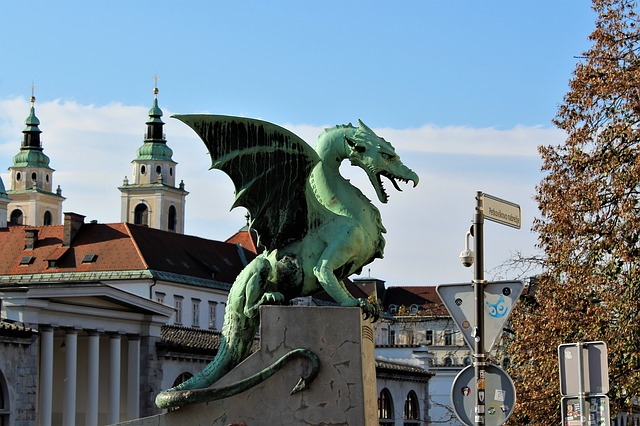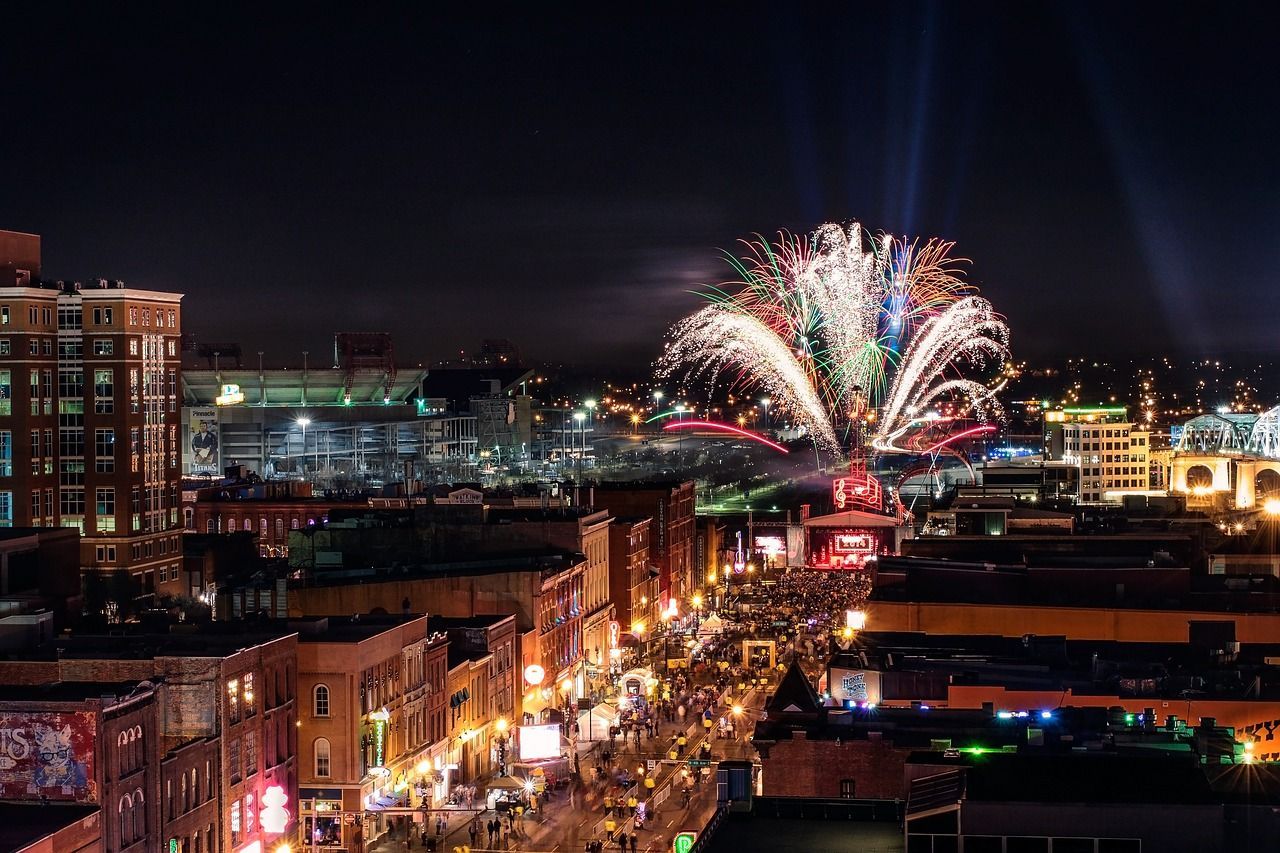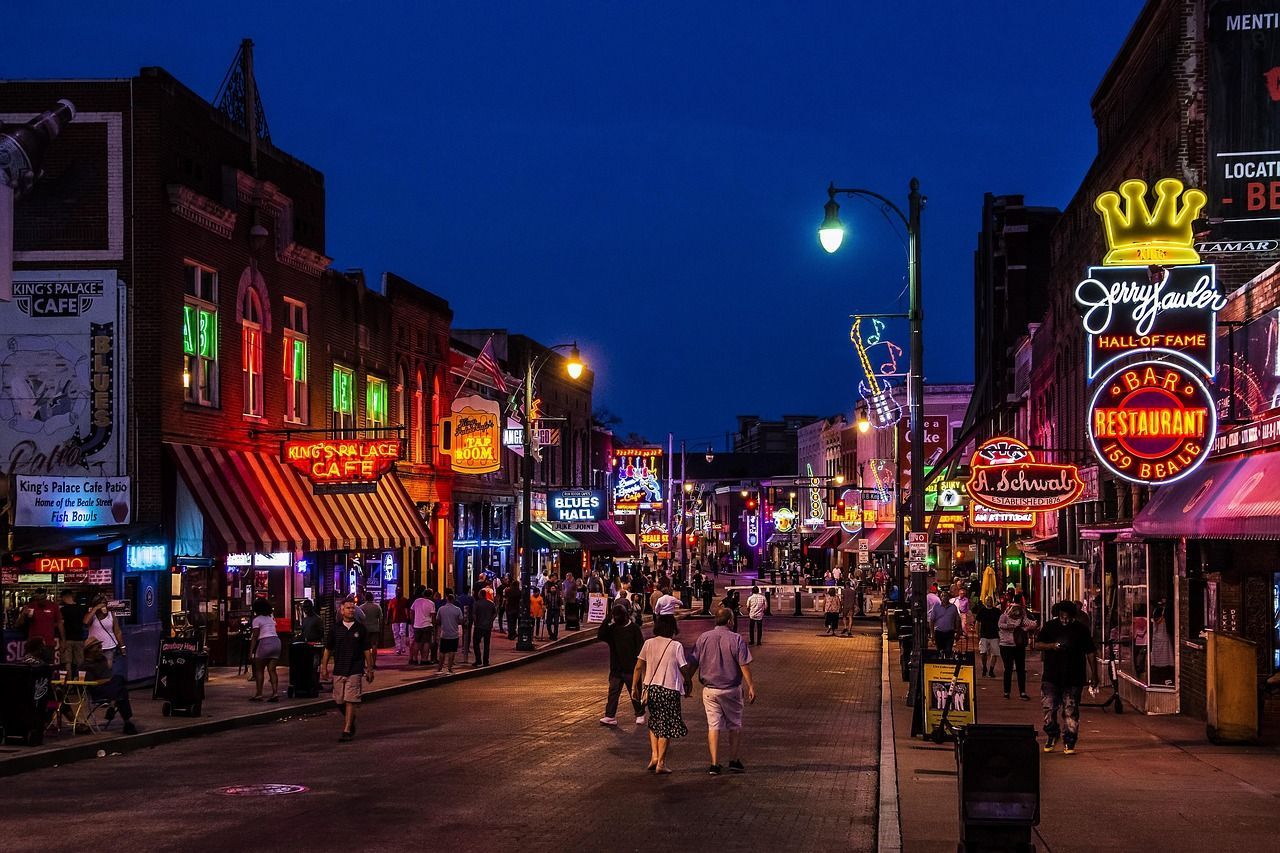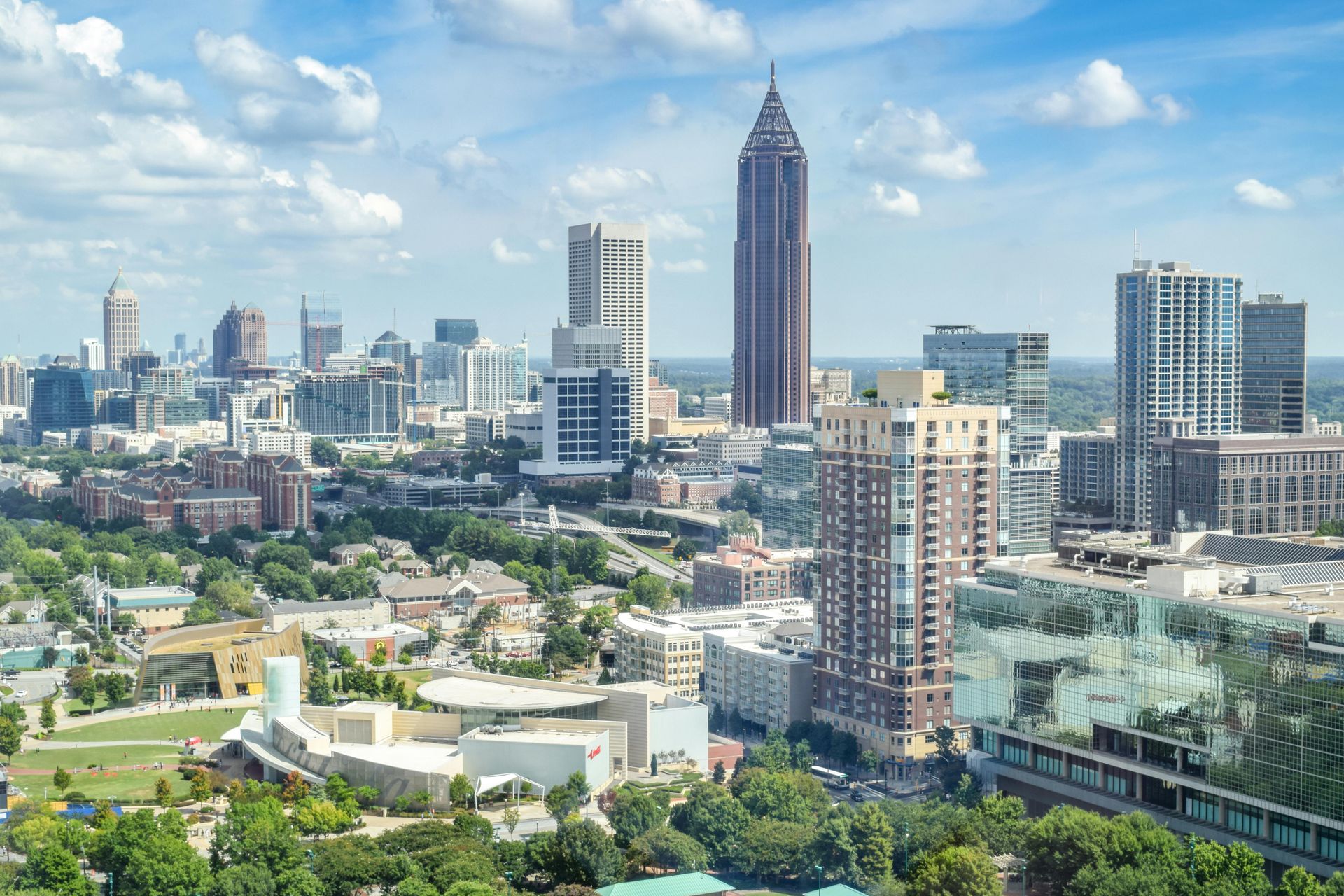Ljubljana is by no means one of the more famous cities in Europe, with many people perhaps having never even heard of it before. That can leave some people wondering if there is much on offer in the city with which to fill out their travel itinerary.
However, as we look at the 10 best things to do in Ljubljana, it should become quite clear that the city is brimming with exciting attractions and some of the best hidden gems on the continent.
So, if you are going to visit Ljubljana and need a few tips on what to do and see during your stay in the city, then this is the article for you.
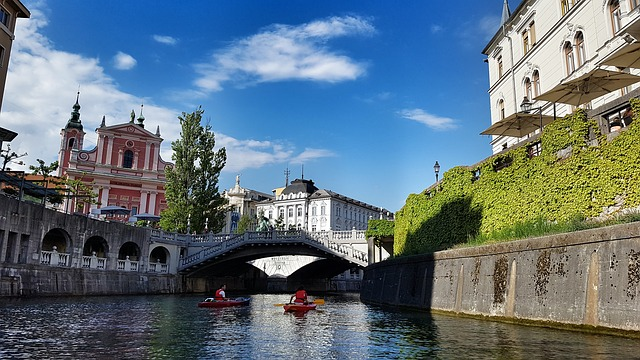
Ljubljana At A Glance
First mentioned at the very start of the 12th century, Ljubljana is the capital and largest city in Slovenia.
It had previously served as the capital of the Socialist Republic Of Slovenia, until the dissolution of Yugoslavia in 1992, when it became the first capital of the newly formed country.
Ljubljana is deemed by many to be the most important city in Slovenia, and it is the administrative, cultural, economic, educational, and political epicentre of the country.
Covering just 63 square miles (164 square kilometres) Ljubljana is the 10th smallest capital city in Europe, while its population of just under 300,000 people also ranks near the bottom of the list.
This makes it a great destination for people who like cities where all of the attractions are just a short walk apart.
Located between the Alps and the Karst, it is also able to offer some truly breathtaking views, making it an ideal city for fans of a more natural environment to visit as well.
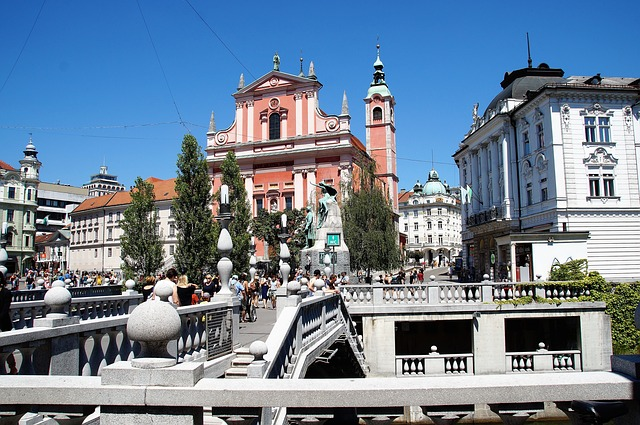
Best Time To Visit Ljubljana
The best time to visit Ljubljana is from the start of July to early October.
This is the period that offers the best combination of warm, dry weather, which will enable you to get maximum enjoyment from all of the outdoor sights and attractions that Ljubljana is famous for.
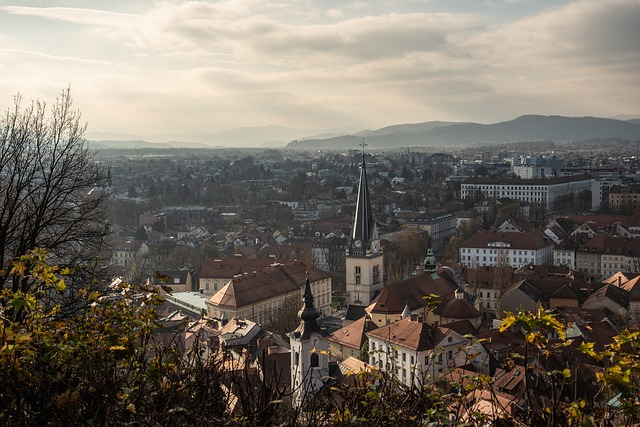
Best Things To Do In Ljubljana
As we move on to our list of the 10 best things to do in Ljubljana, I am going to suggest a broad range of options.
These will include things to appeal to travellers of all different interests, while ensuring you have something to cover everything that Ljubljana is known for.
Learn The Ancient History Of The City In Ljubljana Castle
Ljubljana is a Medieval fortress perched atop a hill, which overlooks the Ljubljana city centre and dominates its skyline. It is one of the most important cultural venues in Ljubljana and even features on the city’s coat of arms.
Believed to have originally been built in the 11th century, it was rebuilt in the 12th century and then again in the 15th century, while most of its exterior buildings were added in the 16th and 17th centuries.
Originally designed purely as a defensive structure for the city, it became the official seat of the Lords Of Carniola in the early 14th century. It then served as an arsenal during the occupation of the French army, during the late 17th and early 18th centuries.
Its stunning architecture draws visitors from far and wide.
Among its most prominent features are its defensive walls, archers tower, prison, armoury, courtyard, and Chapel Of St George, as well as various other halls and towers offering panoramic views of the city and its surrounding area.
Besides its beauty, the castle also hosts various different events throughout the year, such as concerts, exhibitions, theatre presentations, weddings, receptions, and a number of other cultural events.
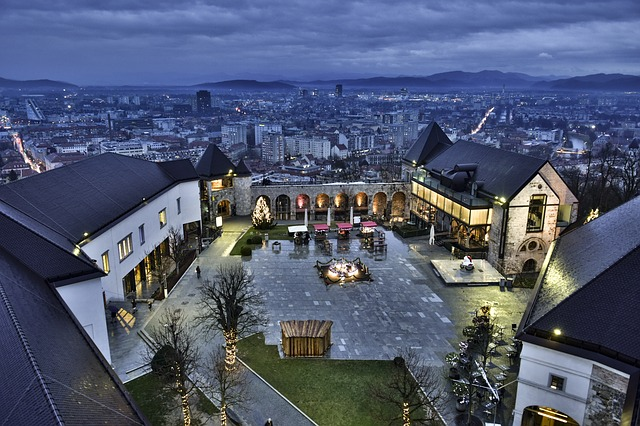
Witness One Of The City’s Most Iconic Landmarks At Ljubljana Cathedral
Also known as Saint Nicholas’s Cathedral, Ljubljana Cathedral began life as a Gothic church, before being completely rebuilt as the Baroque structure you see today at the start of the 18th century.
It is among the most prominent and recognisable locations in Ljubljana, with its octagonal green dome and twin bell towers towering over the surrounding buildings, which include the Ljubljana Central Market and Town Hall.
The exterior is decorated with stunning sandstone statues and sculpted bronze doors, while the interior boasts vibrant, colourful frescoes, and a fabulous collection of historic busts, reliefs, statues, and paintings, as well as its iconic main altar.
Considered one of the most important historic buildings in all of Slovenia, Ljubljana Cathedral is a must visit attraction for any art fans or people interested in the history of the country.
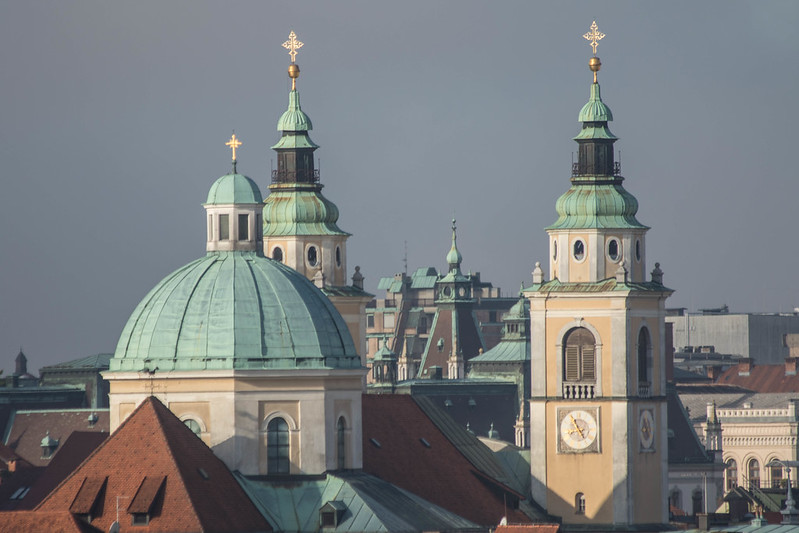
Enjoy Some Time Exploring Prešeren Square
Prešeren Square is the main square of Ljubljana, located right at the historic entrance to the city, at the end of the Triple Bridge. It began to develop into the location it is today in the 17th century, with the completion of the Franciscan Church Of The Annunciation.
By the beginning of the 20th century, it had become the primary hub of the city, with numerous palaces, stately homes, and other grand buildings replacing the original Medieval buildings, which had mostly been damaged or destroyed by an earthquake in 1895.
The markings on the ground, which have become a symbolic part of the square’s appearance, were not added until the 1980s, when they were created with Macedonian Sivec marble.
Then, in 2007, the square was closed off to almost all traffic, making it a completely pedestrianised area.
Filled with attractions, including the Prešeren Monument and a scale model of the city of Ljubljana, the square is among the most popular tourist hotspots in the city.
It is also used as a major meeting point and hosts many of the largest concerts, festivals, and sporting and political events in Ljubljana.

Marvel At The Mythology And Engineering On Display At Dragon Bridge
The Dragon Bridge is a reinforced concrete bridge that is famous for being one of the first of its kind anywhere in Europe.
It was deemed a marvel of engineering upon its completion, as it demonstrated how bridges could be built without a supporting stage, a technique known as the “Melan System”.
The bridge spans the Ljubljanica River and connects the northern part of the city to the centre, near the Ljubljana Central Market. It recent times, it has become one of the primary ways by which motorised traffic can reach this part of the city.
Considered one of the finest examples of the Vienna Secession architectural style, the bridge is named after the 4 stunning dragon statues that guard it, as well as the many smaller dragon designs along its length.
The design is a nod to the local legend that the city of Ljubljana was originally founded by Jason And The Argonauts, and this is where they slayed the mythological beast.
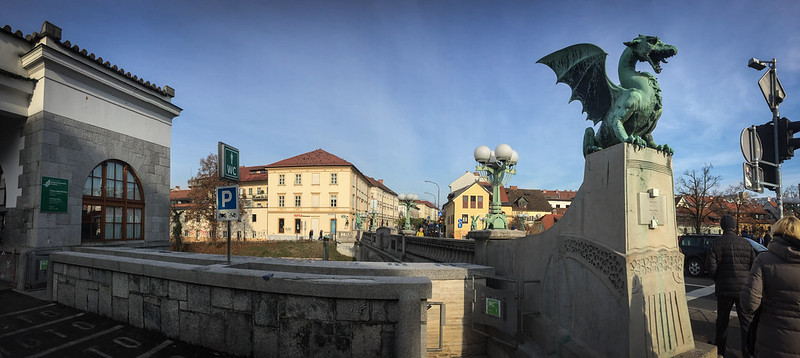
Take A Romantic Walk Across Butchers Bridge
Butchers Bridge is an iconic footbridge in central Ljubljana, located adjacent to Dragons Bridge.
While first conceptualised in the 1930s, Butchers Bridge eventually opened in 2010, as a way to try and separate the pedestrian and motorised traffic crossing the Ljubljanica River into the city centre.
The bridge is fairly modest in design, featuring simple stairs at each end, glass walking belts at its edges and sides made from steel wire with wide, wooden top shelves.
It does, however, feature a small collection of beautiful statues, based on Ancient Greek, Christian, and Jewish mythology. These include depictions of Adam & Eve, Prometheus, and Satyr.
There are also a number of smaller sculptures depicting grotesque images of frogs and shellfish.
The main draw for Butchers Bridge though, is its reputation as a romantic location. Couples will attach padlocks to the wires on the bridge, in order to signify their eternal love, while looking out over the beautiful flowing waters of the river beneath.
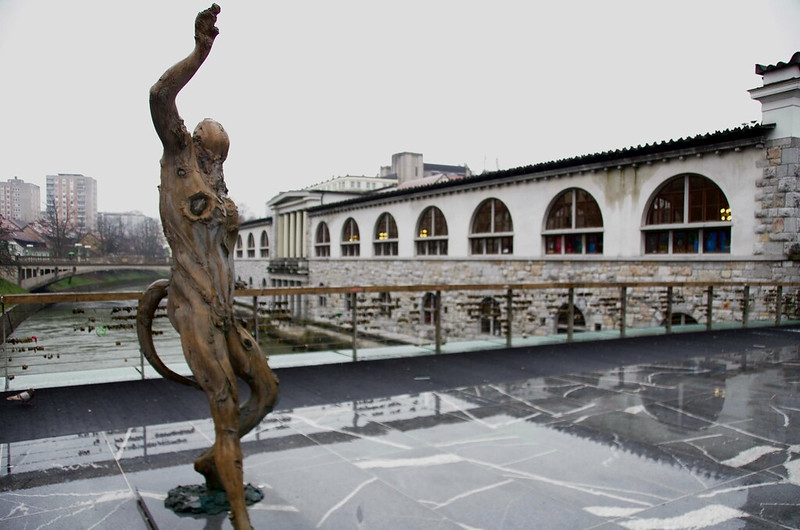
Spend Some Time Relaxing In Tivoli Park
Officially known as Tivoli City Park, Tivoli Park is a sprawling urban park on the outskirts of the Center District, which is the largest in all of Ljubljana. The original plans for the park were put in place in 1813, and it continued to grow until the end of the century.
Visitors to Ljubljana can use the park to take a break from the press of the city for a while and spend some time relaxing outdoors.
It is filled with natural wonders like forests, lawns, and a wide array of birds, while a collection of churches, museums, cafes, and restaurants make it a diverse destination.
There is even a number of iconic landmark buildings located within the park as well. The Renaissance style Tivoli Castle and Baroque Cekin Mansion will wow fans of architecture, while Tivoli Hall hosts ice hockey and basketball games.
Tivoli Pond is a popular spot for both fishing and ice skating, depending on the season, and even offers an open-air library in the summer.
The greenhouse and gardens will satisfy horticultural enthusiasts, while the playground will keep the younger members of your party entertained.
When you throw in the wonderful statues and fountains that can also be found throughout Tivoli Park, it makes a perfect choice to change up the pace of your trip and do something a little different for a day.
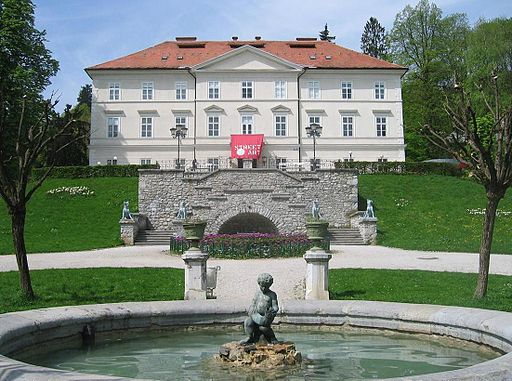
Sample Some Local Produce At Ljubljana Central Market
Also known as Plečnik’s Market, the Ljubljana Central Market is a riverside market building, located in Vodnik Square, between Dragon Bridge and Triple Bridge.
While the first designs for the Central Market began in 1931, construction wouldn’t start until 1940 and didn’t end until 1942.
Designed in the Renaissance style, both the Central Market building and Vodnik Square are considered cultural monuments of national significance. In 2021, the Central Market was even designated as a UNESCO World Heritage Site.
Since its inception, Ljubljana Central Market has featured a wide array of both indoor and outdoor vendors.
Among the stalls, you’ll find a wide range of produce and products, including baked goods, dairy products, fish, fruit, vegetables, herbs, spices, meats, arts and crafts, and hand crafted goods.
It is the perfect destination for anyone hoping to sample some fresh local foods or looking for traditional goods to take home as a souvenir.
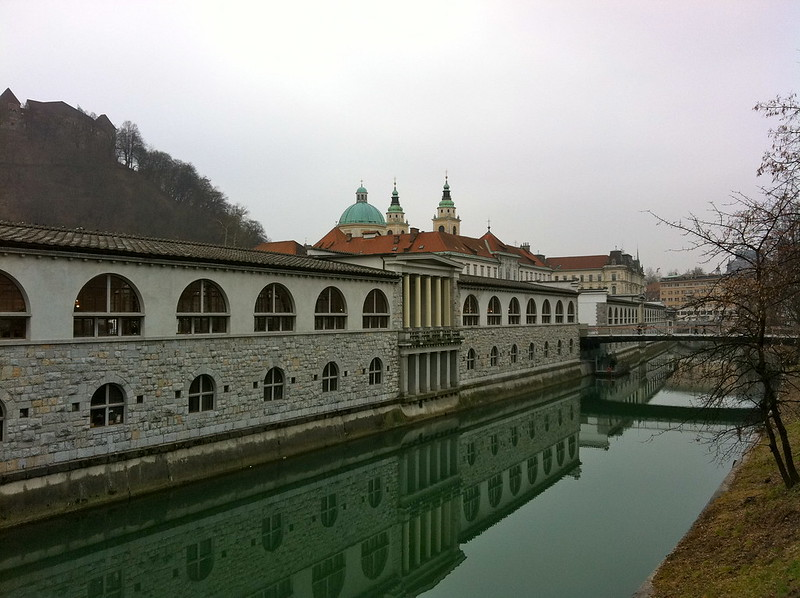
Witness In The Views From Atop The Nebotičnik Skyscraper
The Nebotičnik is a skyscraper that is among the most iconic sites of the Ljubljana city skyline. Standing 231 feet (70 metres) tall and featuring 13 floors, it was the tallest building in Yugoslavia when it was built in 1933 and the ninth tallest in all of Europe.
Among its iconic features are a marble lobby, spiral staircase, a 13 foot (4 metre) sculpture of a woman, and the circular enclosure that constitutes the Nebotičnik’s top floor.
The bottom two floors are filled with a wide range of different shops, while the next four floors are filled with office spaces available for rent. The remainder of the floors are then exclusively filled with private residences, until you reach the top three floors.
The top three floors are the main selling point of the Nebotičnik however, as they feature a bar, restaurant, and observation deck.
Here, visitors can enjoy a drink or a wonderful meal, while taking in some of the most stunning, panoramic views of Ljubljana you will find anywhere in the city.
If you hope to visit the top but don’t fancy climbing the stairs, the building does have a number of lifts, which will transport guests to the very pinnacle as quickly and conveniently as possible.
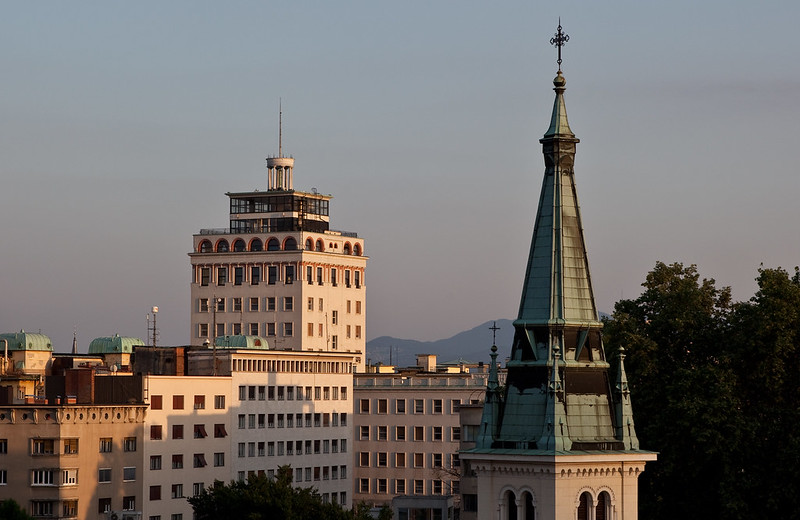
Experience The Unique Stylings Of Metelkova
Metelkova is a district in the centre of Ljubljana that is named after Fran Metelko, a 19th century Slovenian priest, philologist, and attempted language reformer.
It was originally designed as military headquarters, which were used by both the Austro-Hungarian and Yugoslavian armies.
The district consists of seven military barracks covering 12,500 square metres that have been occupied by youth and alternative organisations since the fall of Yugoslavia.
In the years since, it has become a hub for street artists, who have covered buildings in vibrant graffiti and erected unique sculptures throughout the district.
This makes it the perfect opportunity for anyone wanting to experience an edgier, alternative side to Ljubljana.
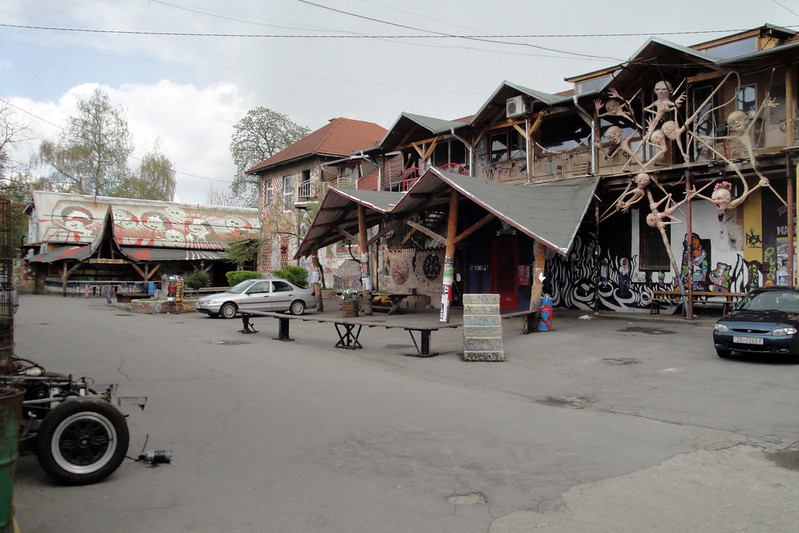
See The City On A Cruise Along The Ljubljanica River
Like many historic European river cities, most of Ljubljana’s main attractions lay right beside the water. With the Ljubljanica River weaving through the heart of the city, it makes a river cruise the perfect way to see everything in the most relaxing and scenic way possible.
Numerous different companies offer cruises up and down the river, passing under countless historic bridges and giving you the chance to experience some of the city’s prominent attractions from a different perspective.
So, whether you are only staying for a short visit and want to fit in as much as you can or simply like to experience cities in unique and exciting ways, a Ljubljana river cruise is definitely the way to go.
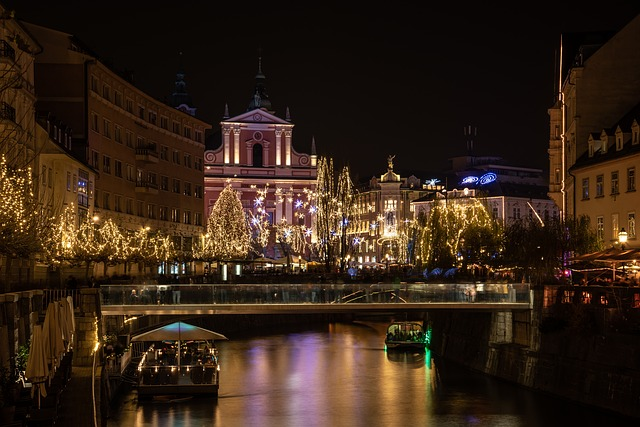
Best Hotel To Stay At In Ljubljana – Grand Hotel Union
The Grand Hotel Union is a stunning, 4-star, Art Nouveau hotel, located in the heart if Ljubljana.
It is well known not only as a hotel but also for its Grand Union Café, where guests can enjoy hot and cold beverages, as well as fresh cakes and pastries, while taking in their historic surroundings.
The rooms themselves are all beautifully decorated in a style that compliments the hotel. All fully air conditioned, they boast luxuries including a mini bar, safe, flat screen cable TV, slippers, bathrobes, toiletries, and baths, while some even feature a spacious seating area.
There is a choice of two restaurants on the property. The Restaurant Atelje offers a choice of international or Slovene cuisines in a warm, welcoming environment, while the Restaurant Union offers a unique, private dining experience in the Grand Hotel Union Garden.
There is also a lobby bar for guests to relax and enjoy drinks in, as well as a wine library with an extensive list of Slovene vintages. All guests will even receive access to a complimentary breakfast buffet each morning.
Other amenities at the Grand Hotel Union include 24-hour wellness and fitness centres, a swimming pool and sauna, a shopping gallery featuring a jeweller, hair salon, and a souvenir store, and an event centre with 21 separate halls available for rent.
The hotel is completely pet friendly, while private parking and site wide Wi-Fi are both available for all guests. Many of Ljubljana’s primary sights and attractions are also within walking distance of the hotel.
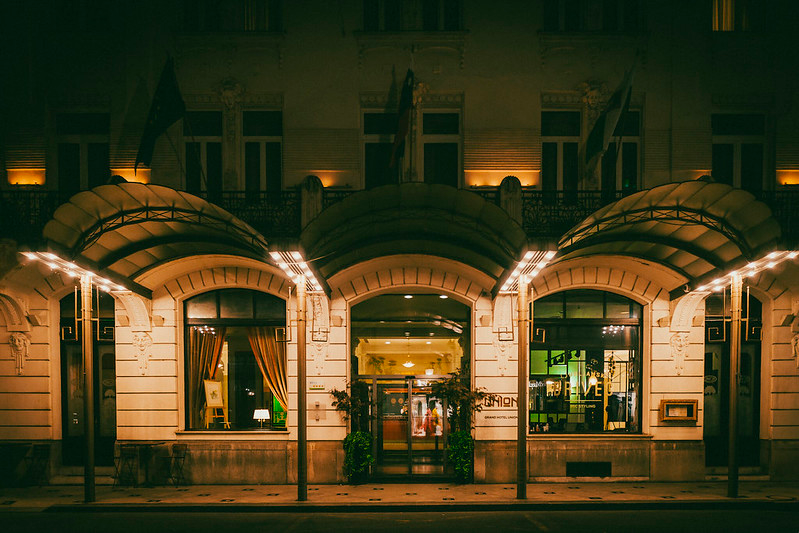
Conclusion
That concludes our list of the 10 best things to do in Ljubljana during your stay. Hopefully, you will now have plenty of exciting options with which to fill out your itinerary when you visit Ljubljana.
That means all that’s left is to start getting everything from your hotel to your flight booked. That way, you won’t risk missing out on doing or seeing anything you have on your list and can start looking forward to experiencing this wonderful city for yourself as soon as possible.
